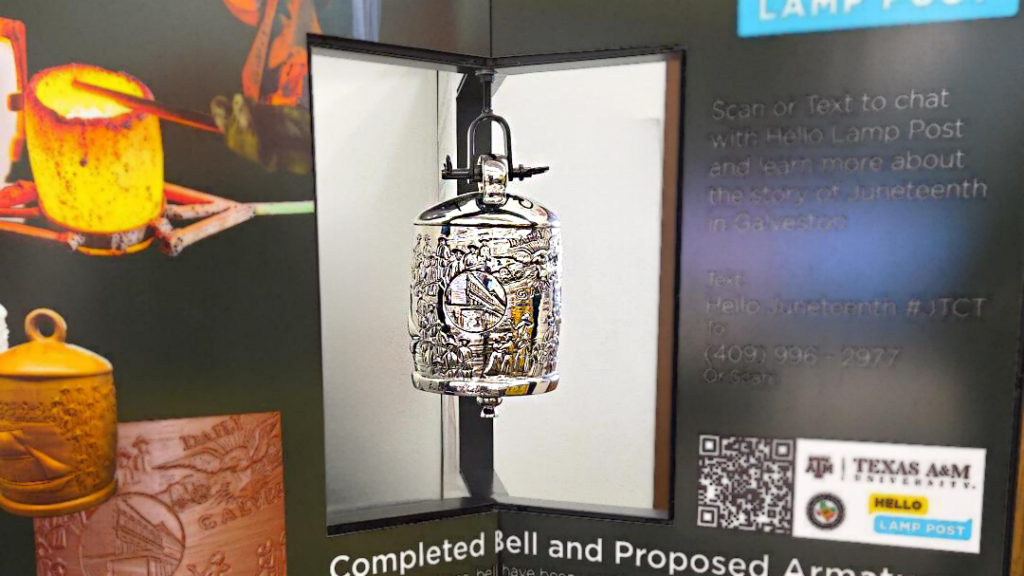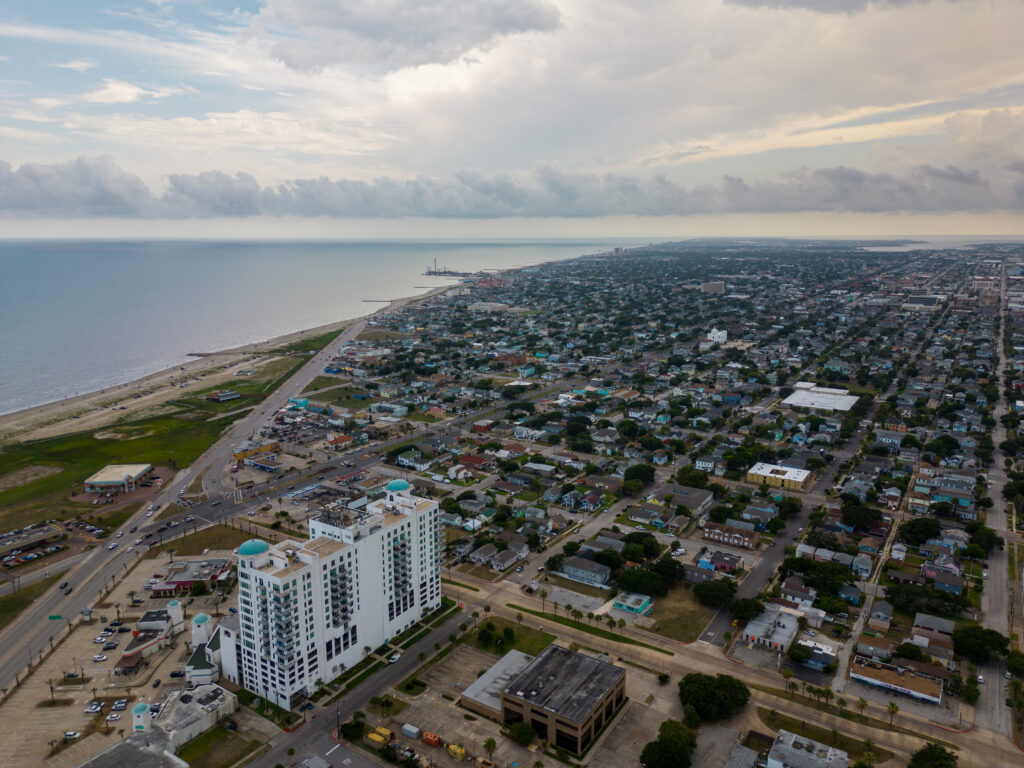Juneteenth Bell Joins Galveston Museum Initiative
In a significant step toward honoring the legacy of Juneteenth, the Texas A&M University Department of Architecture proudly announces the relocation of its Juneteenth Bell — initially unveiled in 2021 — to the Nia Cultural Center (2217 The Strand, Suite 101, Galveston, TX 77550). This move reflects the department’s unwavering commitment to helping establish an International Juneteenth Museum in Galveston, the birthplace of this pivotal American holiday.
Juneteenth marks June 19, 1865 — the day Union troops arrived in Galveston to announce the freedom of enslaved African Americans, more than two years after President Abraham Lincoln issued the Emancipation Proclamation. This delayed declaration of justice ignited generations of storytelling, cultural expression, and public art aimed at reconciling our nation’s past with a more equitable future.
The Texas A&M Department of Architecture commissioned Dallas-based artists Brad Oldham and Christy Coltrin of Brad Oldham Sculpture to create the Juneteenth Bell — a symbol of resilience, remembrance, and renewal. Using the ancient lost-wax casting method, the artists carefully crafted the bell step by step — from modeling in wax to coating in clay to casting with molten metal. Their process yielded a piece that honors material tradition while expressing deep symbolic meaning. The intricate design captures the enduring spirit of Juneteenth and the ongoing pursuit of justice and freedom.

As part of a series of custom, interactive installations, the bell invites visitors to reflect, engage, and learn. At the proposed International Juneteenth Museum, guests will encounter the bell not just as an object but as a portal into history—enhanced by multimedia displays and guided storytelling. This hands-on experience connects people both physically and emotionally to the fight for freedom and the living legacy of Juneteenth. The installation supports the department’s forward-looking plan for a dispersed, open-air Juneteenth Bell installation in Galveston. The project envisions a network of historic sites and public art spread across the city, with each location highlighting unique voices and celebrating lived experiences that continue to shape the meaning and importance of Juneteenth today. The bells would make an annual journey to the museum location and form the world’s largest carillon, where music, dance, and other cultural activities would occur on each Juneteenth.
Texas A&M and Prairie View A&M architecture students and faculty continue to bring this ambitious idea to life through close collaboration with community leaders in Galveston. In 2022, students and faculty from Texas A&M and Prairie View A&M University co-led a design charrette that produced several proposals for museum sites, including the Old Galveston Square Building, a field near Kermit Courville Stadium, and the Central Cultural Center. “This project is really about telling the whole story — not just a series of points in the story,” said Dr. Gregory Luhan, FAIA, Head of the Department of Architecture and Director of the CRS Center, who has supported the effort from the start.

THistorian and preservationist Sam Collins III, past President of the Juneteenth Legacy Project, plays a vital role in the initiative. Collins continues to shape the project through his tireless efforts to preserve Galveston’s heritage and promote the city as a global center for Juneteenth education and celebration. His insights are featured prominently in a recent episode of Texas Target Communities’ “Partnerships with Purpose” podcast.
The bell has already made notable public appearances at the Aggie Impact Gala, the Nia Cultural Center, and the Fourth Floor Gallery in Langford Building A. As it begins its next chapter, the bell will remain a centerpiece of Texas A&M’s broader mission to promote cultural stewardship, foster meaningful partnerships, and support design excellence. While the team continues to finalize its long-term location, the bell will continue traveling as an ambassador of truth, memory, and dialogue.
Whether exhibited temporarily or placed in a permanent home, the Juneteenth Bell will endure as a powerful symbol of awareness and action. It commemorates a crucial milestone in our history and reflects Texas A&M’s sustained commitment to illuminating the past and shaping a more just future.


